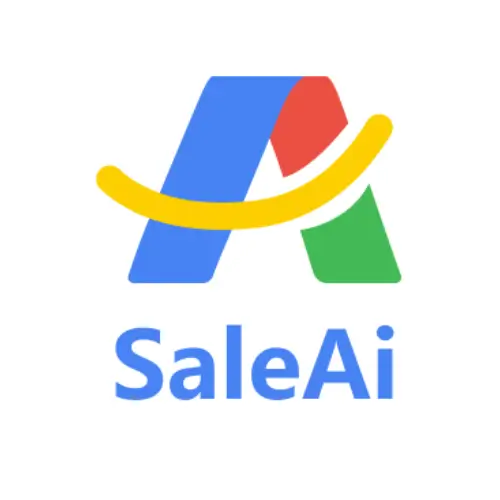Introduction
Sales teams are under constant pressure to meet targets, streamline processes, and deliver personalized customer experiences. Traditional tools often fall short in providing the agility and insights needed in today’s fast-paced environment. This is where AI-powered sales tools come into play.
By automating routine tasks, analyzing data, and offering actionable insights, these tools are reshaping how sales teams operate. In this article, we’ll explore the practical applications of AI-powered sales tools and the benefits they bring to modern sales teams.
Key Features of AI-Powered Sales Tools
a. Automating Time-Consuming Tasks
One of the biggest advantages of AI in sales is its ability to handle repetitive tasks, freeing up time for sales reps to focus on building relationships and closing deals.
- Examples of Automation:
- Automatically logging customer interactions (emails, calls, meetings).
- Generating sales performance reports without manual input.
- Benefits:
- Saves time and reduces human error.
- Allows sales teams to focus on strategic activities like negotiations and client engagement.
b. Advanced Lead Scoring and Prioritization
AI tools can analyze vast amounts of data to score and prioritize leads based on their likelihood to convert.
- How It Works:
- AI evaluates factors like past interactions, demographic data, and buying behavior.
- Leads are ranked, enabling sales teams to focus on high-potential opportunities.
- Benefits:
- Increases efficiency by directing efforts to the most promising leads.
- Improves conversion rates and shortens the sales cycle.
c. Personalized Customer Engagement
AI-powered tools enable sales teams to deliver personalized communication at scale, enhancing the customer experience.
- Applications:
- Tailored email campaigns based on customer preferences and behavior.
- Chatbots that provide instant, personalized responses to customer inquiries.
- Benefits:
- Builds stronger relationships with customers.
- Increases customer satisfaction and loyalty.
d. Predictive Sales Analytics
AI tools excel at analyzing historical and real-time data to predict future trends, helping sales teams make informed decisions.
- Examples of Predictive Analytics:
- Forecasting sales performance for the next quarter.
- Identifying potential risks in the sales pipeline.
- Benefits:
- Reduces uncertainty in decision-making.
- Enables proactive planning and resource allocation.
Real-World Use Cases of AI-Powered Sales Tools
a. CRM Integration
Modern CRMs like Salesforce and HubSpot now integrate AI features to enhance usability. For instance, AI can recommend the next best action for a sales rep based on customer data.
b. Sales Enablement Platforms
Platforms like Gong and Chorus use AI to analyze sales calls, providing insights on what works and what doesn’t during customer interactions.
c. Marketing and Sales Alignment
AI tools help bridge the gap between marketing and sales by ensuring that leads passed from marketing are high-quality and sales-ready.
Challenges and Considerations
While AI-powered sales tools offer numerous benefits, they also come with challenges:
- Data Quality:AI is only as good as the data it analyzes. Poor data quality can lead to inaccurate insights.
- Adoption Resistance:Sales teams may be hesitant to adopt new technology due to a lack of training or fear of change.
- Cost:Advanced AI tools can be expensive, making them less accessible for smaller businesses.
Overcoming these challenges requires proper implementation, training, and a clear understanding of ROI.
Conclusion
AI-powered sales tools are no longer a luxury—they’re a necessity for businesses looking to stay competitive. By automating tasks, enhancing customer engagement, and providing actionable insights, these tools empower sales teams to work smarter, not harder.
Whether you’re a small business or an enterprise, investing in AI-powered sales tools can transform your sales operations and help you achieve your goals more efficiently.





